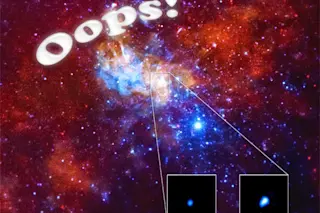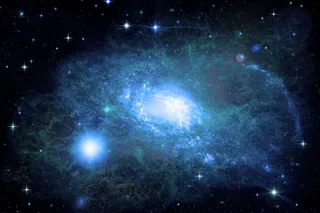
NASA/CXC/Amherst College/D.Haggard et al
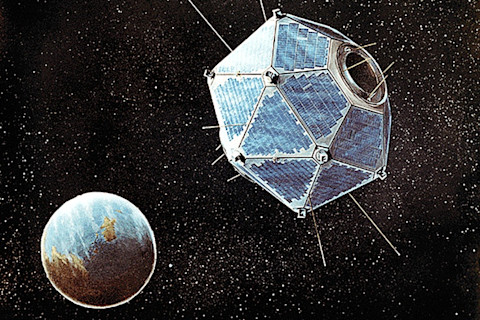
Courtesy of HEASARC, at NASA/GSFC
HEASARC, at NASA/GSFC
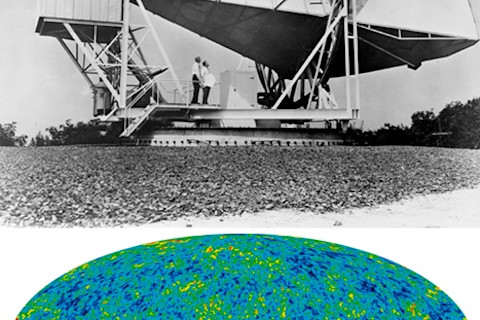
NASA / WMAP Science Team

Right: Optical: NASA/HST/ASU/J. Hester et al. X-Ray: NASA/CXC/ASU/J. Hester et al.

NASA

National Radio Astronomy Observatory
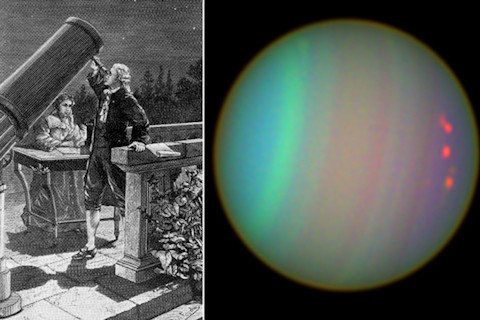
Right: NASA and Erich Karkoschka, University of Arizona
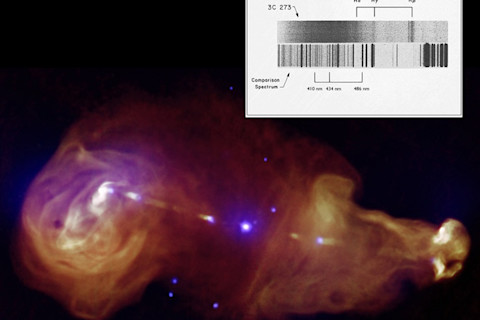
X-ray: NASA/CXC/Tokyo Institute of Technology/J.Kataoka et al, Radio: NRAO/VLA

NASA


